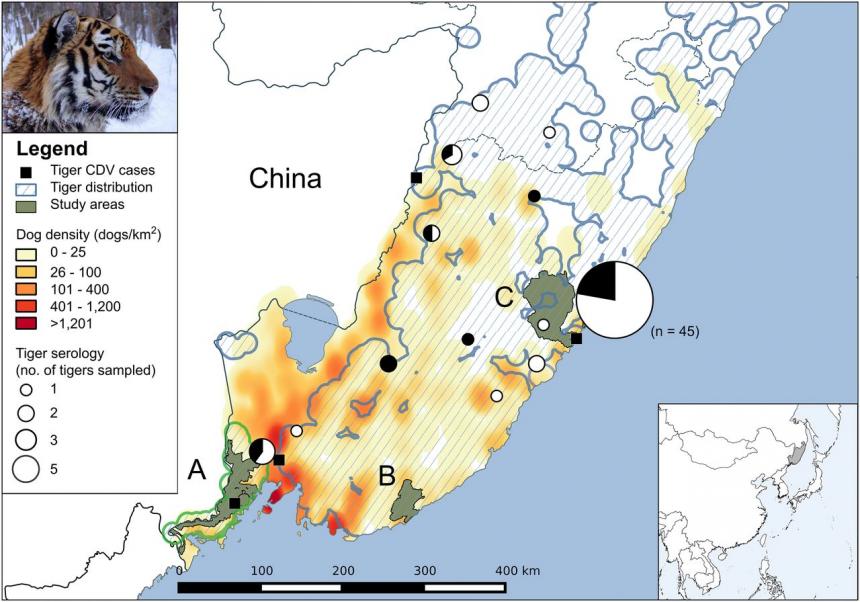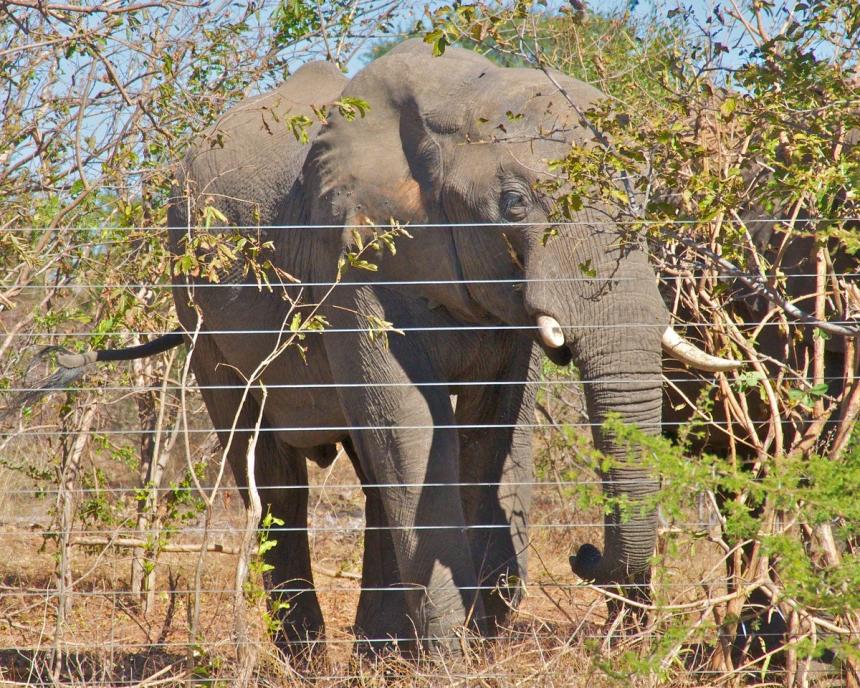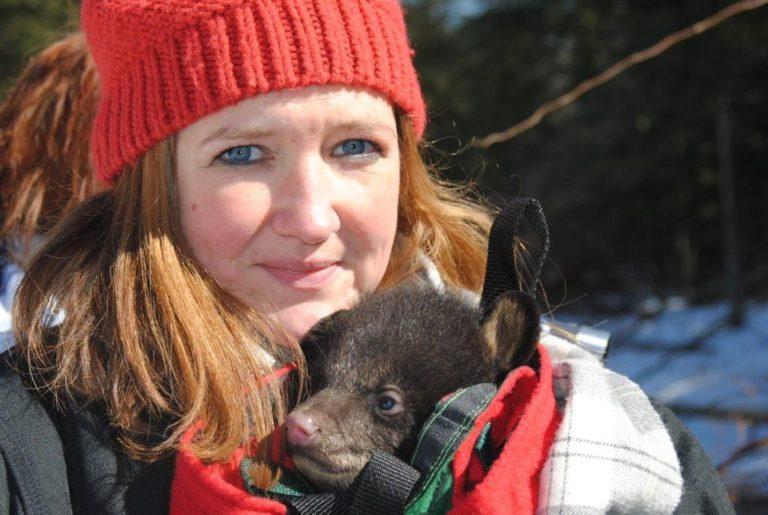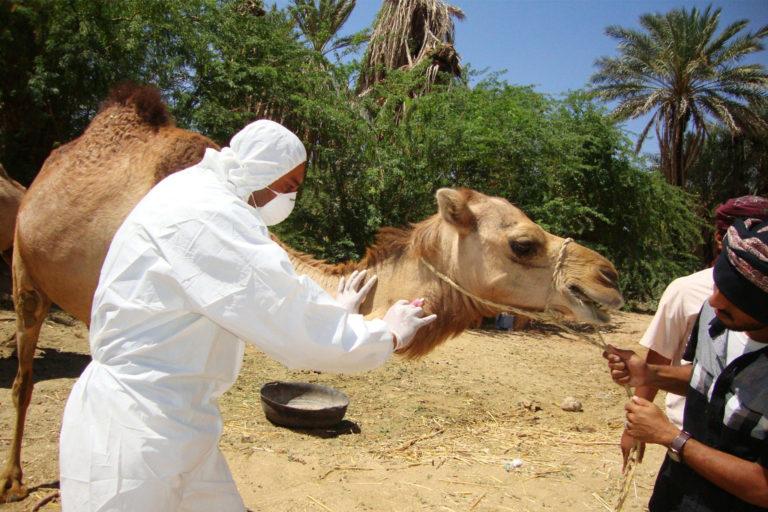August 2021

August 23, 2021
For more than a year, the world has closely followed the development, approval and deployment of various coronavirus vaccines that could bring an end to the global pandemic, debating every side effect and hurdle. But vaccines aren’t only used to spare humans from the ravages of disease; increasingly, they’re being used to conserve wild species threatened with extinction.

August 20, 2021
KAZA Ten Years On: World’s largest terrestrial transfrontier conservation area requires true habitat connectivity, as explained in a letter to Science by Cornell’s Dr. Steve Osofsky and WWF Namibia’s Dr. Russell Taylor.

August 16, 2021
Ten longtime TWS members have been named TWS Fellows for 2021, including Cornell's Dr. Krysten Schuler. The TWS Fellows Award is given out each year to individuals who have “distinguished themselves through exceptional service” to the profession and have been members of the Society for at least 10 years.

August 05, 2021
Cornell's Dr. Steve Osofsky and colleagues reemphasize that a One Health approach is urgently needed to prevent future pandemics — simultaneously addressing human, animal and ecosystem health — protecting humanity and nature.
